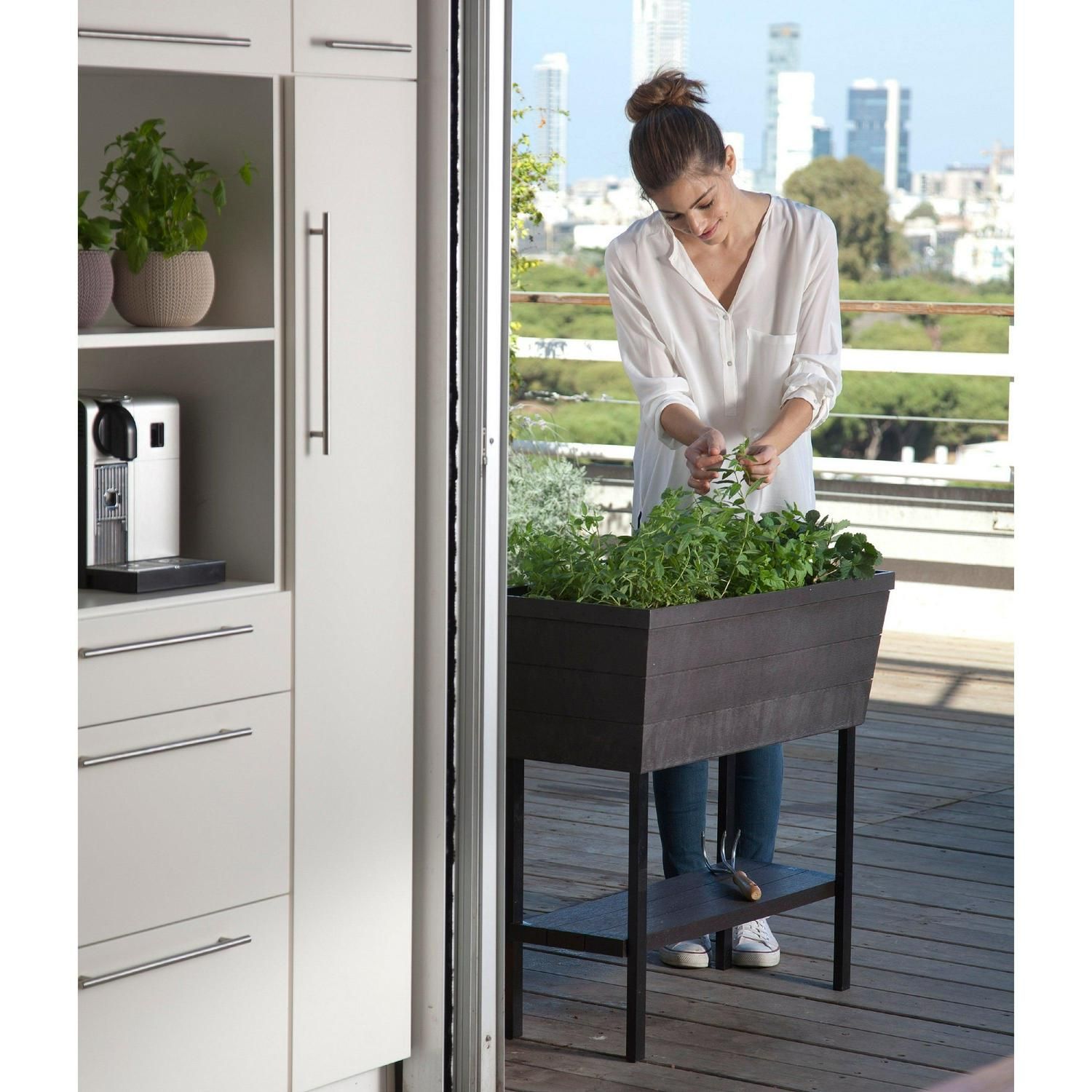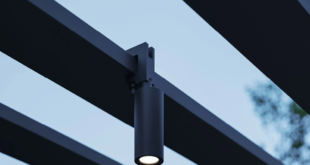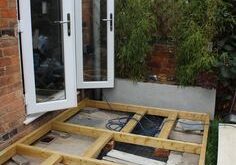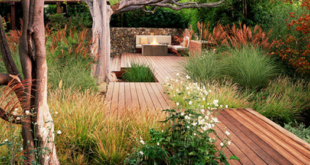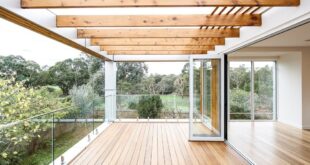Elevated garden beds are a popular and practical option for growing a variety of plants, herbs, and vegetables in a small space. They offer many benefits, including better drainage, improved soil quality, and easier access for planting, maintenance, and harvesting. If you’re interested in building and maintaining an elevated garden bed, read on for our ultimate guide to get started.
Choose the right location
Before building your elevated garden bed, it’s important to choose the right location. Ideally, you want a spot that receives plenty of sunlight and is close to a water source. You also want to make sure the area is level and easily accessible for planting and maintenance.
Select the materials
There are a variety of materials you can use to build your elevated garden bed, including wood, metal, plastic, or composite materials. Wood is a popular choice due to its natural look and affordability, but it will require regular maintenance to prevent rot. Metal and plastic options may be more durable but can be more expensive. Composite materials offer the best of both worlds in terms of durability and aesthetics but can also be pricey.
Build the frame
To build the frame of your elevated garden bed, you’ll need a saw, drill, screws, and the materials of your choice. Start by measuring and cutting the pieces to the desired dimensions, then screw them together to form the frame. Make sure the corners are square and the frame is level before moving on to the next step.
Prepare the soil
Once your frame is built, it’s time to fill it with soil. Use a high-quality planting mix that is well-draining and nutrient-rich. You can also add compost or other organic matter to improve soil fertility. Make sure to water the soil thoroughly before planting to ensure proper moisture levels.
Plant your garden
Now that your elevated garden bed is built and filled with soil, it’s time to plant your seeds or seedlings. Depending on the season and your preferences, you can grow a variety of plants, herbs, and vegetables in your garden bed. Make sure to space them out according to their specific requirements and provide them with adequate sunlight, water, and nutrients.
Maintain your garden
Once your garden is planted, it’s important to maintain it regularly to ensure healthy growth and a bountiful harvest. This includes watering your plants regularly, fertilizing them as needed, and keeping an eye out for pests and diseases. You may also need to prune or harvest your plants as they grow to promote new growth and prevent overcrowding.
In conclusion, building and maintaining an elevated garden bed can be a rewarding and enjoyable experience. By following our ultimate guide, you’ll be well on your way to creating a beautiful and productive garden that you can enjoy year-round. So gather your materials, choose a sunny spot, and get gardening!
